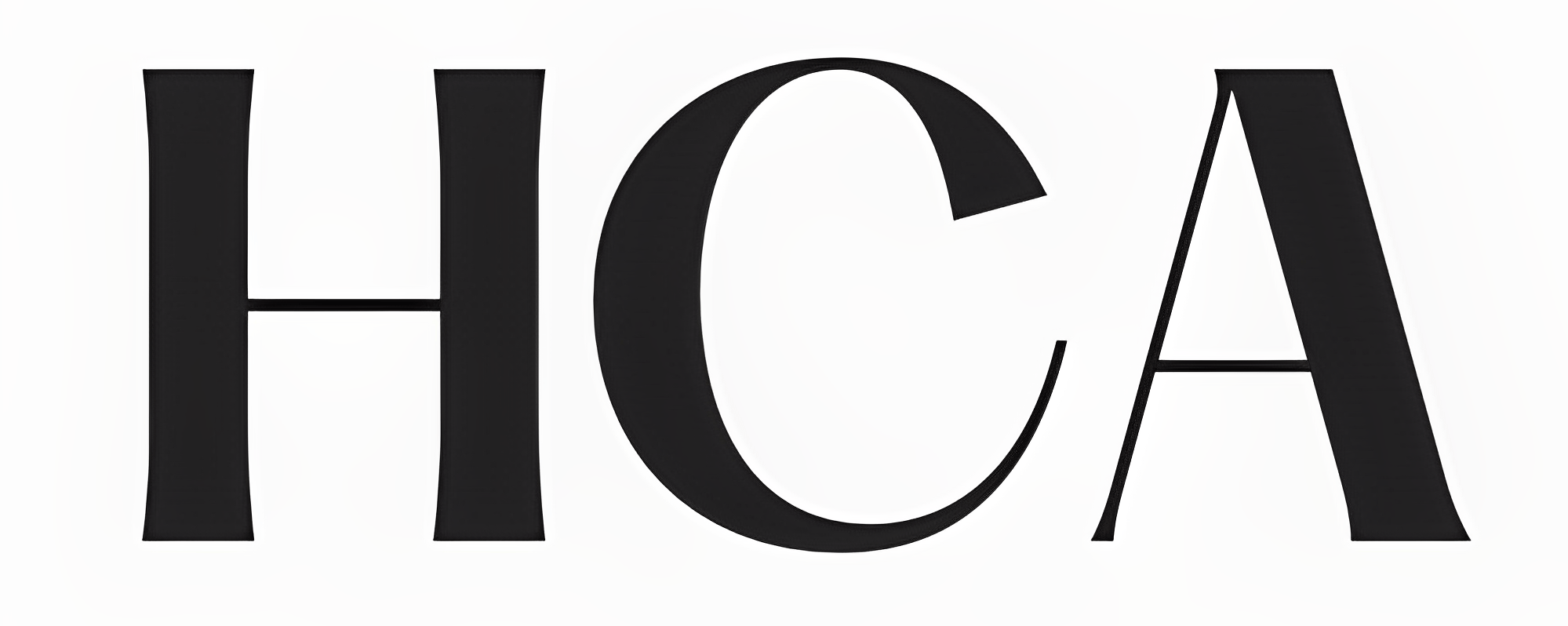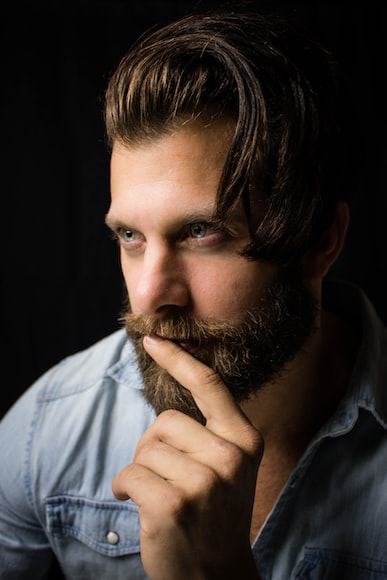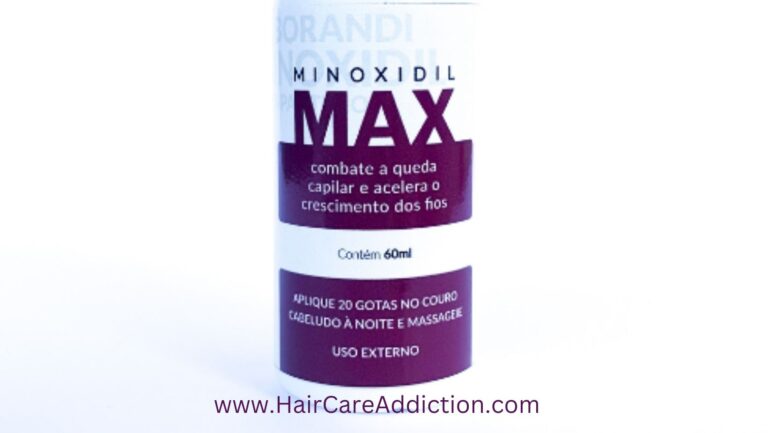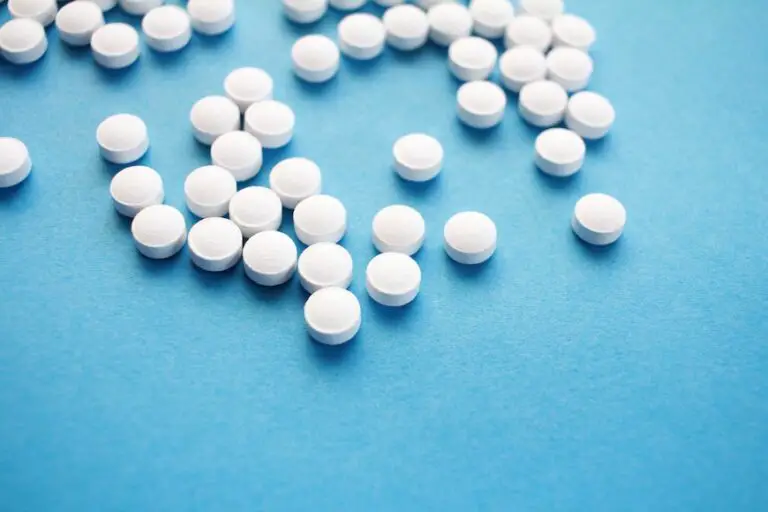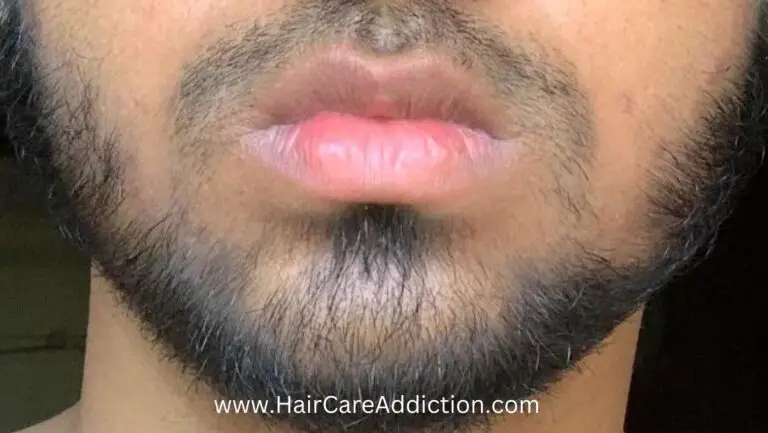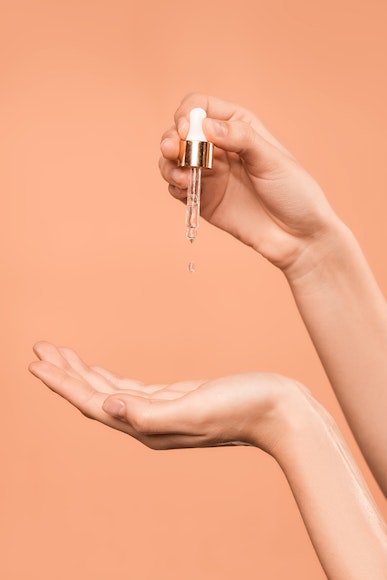Does Minoxidil Change Hair Texture? (Truth Revealed)

Minoxidil is a well-known medication for treating hair loss, particularly androgenetic alopecia (AGA), the most common type of hair loss in both men and women.
Minoxidil works by increasing blood flow to the hair follicles, which may aid in the growth of thicker, stronger hair. It is FDA-approved drugs for hair loss with minimal side effects.
However, some minoxidil users may experience changes in hair texture, such as becoming curlier, coarser, more wavy, drier, or straw-like.
What causes this change in hair texture, and is it reversible? Here are some explanations and pointers.
Does Minoxidil Change Hair Texture?
Yes, Minoxidil can alter hair texture. After using Minoxidil, some users’ hair became curlier, coarser, more wavy, drier, and straw-like.
In some cases, you may notice changes in your hair texture after few weeks of beginning topical Minoxidil treatment. That means, if your hair was previously straight, you may notice it changing colors or becoming wavy.
It’s worth noting that these changes can differ from person to person and may not occur in all users.
If you’re thinking about using Minoxidil and are concerned about potential changes in hair texture, talk to your doctor or a dermatologist.
How Minoxidil Changes Hair Texture?
One reason is that Minoxidil may have an effect on the hair cycle.
There are three stages to the hair cycle: anagen (growth), catagen (transition), and telogen (resting).
Normally, approximately 85% of hair is in the anagen phase, which lasts several years. In AGA, however, the anagen phase is shortened, and the hair becomes thinner and weaker.
Minoxidil has the potential to prolong the anagen phase and increase the number of hairs in this phase, resulting in thicker and longer hair.
This, however, implies that the hair may not have had enough time to mature and develop its natural texture, which could explain why some users notice changes in their hair texture.
Another reason is that Minoxidil may alter the structure of the hair.
The cuticle (outer layer), cortex (middle layer), and medulla (inner layer) make up the hair structure.
The cuticle shields the hair from damage and adds shine. Keratin is found in the cortex and gives the hair strength and elasticity.
The medulla is the hair’s core, and it influences its shape and curliness. Minoxidil may interfere with the production of keratin and other proteins in the cortex and medulla, altering the shape and texture of the hair.
Is There Anything That Can be Done to Reverse or Rrevent These Changes?
Use a gentle shampoo and conditioner on your hair.
Washing your hair on a regular basis can help remove any minoxidil residue or buildup and keep your scalp clean and healthy.
Avoid using harsh shampoos or conditioners that may strip your hair of its natural oils or damage the cuticle. Look for sulfate-free, paraben-free, or pH-balanced products.
Moisturize your scalp and hair.
Dryness can aggravate your hair’s texture and cause additional problems. To hydrate your hair and scalp, use a moisturizing shampoo and conditioner.
To seal in moisture and protect your hair from damage, use a leave-in conditioner or a hair oil.
Take care of your hair. Brushing, combing, styling, or heating your hair excessively or roughly may cause more breakage or damage to the texture of your hair.
When your hair is wet or damp, use a wide-tooth comb to gently detangle it.
Unless absolutely necessary, avoid using hot tools on your hair such as blow dryers, curling irons, or flat irons. If you do use them, use a heat protectant spray and a low to medium heat setting.
Read Also: How to Properly Use Minoxidil?
Other Minoxidl Side Effects
Minoxidil may have unwanted side effects.
Although minoxidil is generally well tolerated, some users may experience itching, irritation, dryness, flaking, or redness of the scalp.
The alcohol or propylene glycol in the minoxidil solution may cause these side effects by drying out the scalp and hair.
Dryness can make hair brittle and prone to breakage, affecting its texture.
As a side effect of minoxidil, some users may experience increased shedding or excessive hair growth on other parts of the body.
Use minoxidil exactly as directed.
Follow the directions on the package or as directed by your doctor. Do not exceed the recommended dose or frequency, as this may increase the risk of side effects while having no effect on your results.
Before using minoxidil, consult with your doctor.
Minoxidil is not for everyone, and it may interfere with other medications or medical conditions. Your doctor can advise you on whether minoxidil is right for you and how to use it safely and effectively.
Does Minoxidil Change Hair Color?
Yes, Minoxidil can change the color of your hair. Reaseach has shown color changes can range from grey to light brown to yellow from using Minoxidil.
Conclusion
Minoxidil is a potent medication that can help you regrow your hair and boost your self-esteem. It may, however, cause some changes in your hair texture that you do not like or expect.
If you are concerned about these changes, consult with your doctor or a hair loss specialist to discuss your options and alternatives.
You can also use some of the above tips to reduce or reverse these changes and keep your hair healthy and beautiful.
